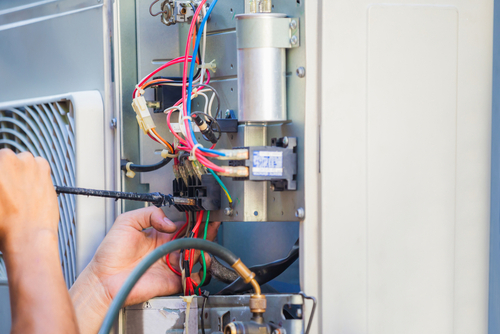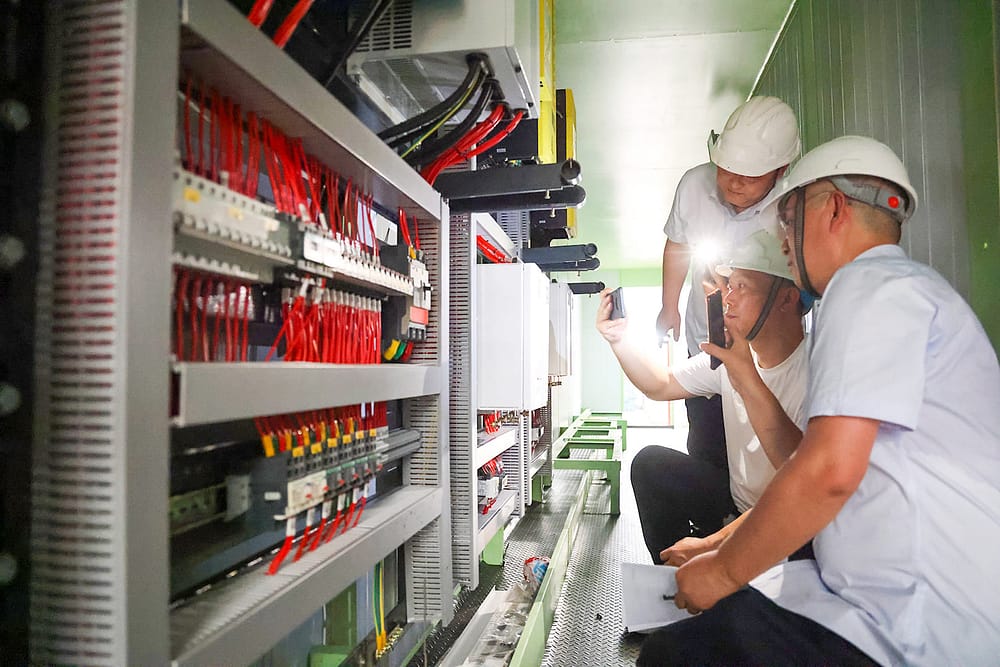Trusted regulatory compliance assistance solutions you can rely on.
Wiki Article
Leading Tips for Effective Electric System Troubleshooting
Troubleshooting electrical systems requires a systematic strategy, grounded in a comprehensive understanding of electrical principles and safety and security methods. The subtleties of efficient fixing prolong beyond mere technological expertise; comprehending how to document findings and prioritize safety can dramatically affect results.Understand the Fundamentals
Comprehending the fundamentals of electrical systems is vital for effective troubleshooting, as a strong foundation allows specialists to diagnose and settle concerns much more successfully. A detailed grasp of electrical principles, such as voltage, existing, resistance, and power, is vital in identifying the source of troubles. Voltage is the electrical potential difference that drives present through a circuit, while resistance opposes the circulation of present, influencing the general functionality of the system.Knowledge with circuit elements, consisting of resistors, capacitors, diodes, and switches, is likewise paramount. Each element plays a distinctive role in circuit habits and can influence performance when malfunctioning. In addition, recognizing series and identical circuit setups is essential, as these arrangements affect the distribution of voltage and present within the system.
Service technicians have to be mindful of possible hazards, such as shock and short circuits, to carry out safe troubleshooting practices. By mastering these foundational concepts, specialists enhance their capacity to perform reliable diagnostics and repair services, eventually leading to enhanced performance and reliability of electrical systems (electrical system troubleshooting).
Gather Necessary Devices
Effective troubleshooting of electric systems requires the right collection of devices to diagnose and resolve concerns precisely. Essential devices consist of a multimeter, which measures voltage, existing, and resistance, allowing for specific assessments of electric parts.Furthermore, insulated hand devices such as screwdrivers, pliers, and cord strippers are important for securely controling electric connections. It is additionally recommended to have a circuit tester accessible to verify the visibility of voltage in outlets and cables. For more complicated systems, a thermal imaging camera can assist discover overheating components, suggesting possible failings.

Adhere To an Organized Approach
Having gathered the suitable devices, the next action in repairing electric systems is to adhere to an organized technique. A systematic strategy ensures that technicians can identify faults efficiently and properly, lessening downtime and stopping unnecessary repairs.Begin by reviewing the system's schematic representations and specifications. This entails monitoring each component methodically, starting from the power resource and functioning in the direction of the tons.
Utilize screening devices, such as multimeters and oscilloscopes, to gather unbiased data about voltage, existing, and resistance at numerous points within the system. This empirical proof will certainly guide your troubleshooting initiatives and assist to confirm or remove prospective sources of failing.
Additionally, think about ecological elements that might influence the system's performance, such as temperature changes or moisture access. A comprehensive examination of electrical wiring, links, and elements will certainly make sure that all possibilities are represented.
Document Your Findings
Complete paperwork is important in the repairing process of electrical systems. Precise documents enhance the effectiveness of recognizing repeating problems and help with interaction among staff member. Each finding must be meticulously kept in mind, consisting of signs and symptoms observed, examinations conducted, and the results of those examinations. electrical system troubleshooting. This technique not only aids in comprehending the source of the trouble but additionally works as a reference for future fixing initiatives.
In addition, keeping a log of parts changed or repairs performed is invaluable. This information sustains supply monitoring and can aid examine the durability and reliability of details parts.
Inevitably, the paperwork process should be comprehensive yet concise, making it possible for very easy access and testimonial - electrical system troubleshooting. By prioritizing detailed documents, service technicians can create a useful data base that not just help in present troubleshooting but also empowers future upkeep efforts, therefore improving total system dependability

Prioritize Safety Measures
Identifying the intrinsic risks related to electric systems is important for ensuring safety and security during troubleshooting. Electric shock, burns, and devices damage are simply a few of the prospective threats that specialists encounter. Prioritizing precaution is not only a lawful obligation but additionally a moral crucial that safeguards both the technician and the surrounding atmosphere.Prior to beginning any type of troubleshooting job, professionals ought to put on ideal individual safety devices (PPE), including protected gloves, security glasses, and flame-resistant apparel. Making sure that the workspace is completely dry and totally free of mess can significantly decrease the danger of mishaps. It is crucial to de-energize circuits prior to beginning any type of job, validating that they are not live through the use of a multimeter or voltage tester.
Developing clear interaction protocols with team participants is likewise crucial; this guarantees that everybody recognizes possible risks and the condition of the electrical system being dealt with. Having an emergency reaction plan in location can verify very useful mechanical engineering industry support in the occasion of an incident. By prioritizing precaution, service technicians can successfully alleviate threats and cultivate a more secure office.
Verdict
Reliable electric system repairing counts on a detailed understanding of basic concepts and a methodical method. By gathering important tools, adhering to systematic analysis strategies, and diligently recording findings, the troubleshooting process comes to be extra reliable and trustworthy. Focusing on security measures ensures the health of people included and the integrity of the electric system. Carrying out these techniques will boost the fixing experience, resulting in quicker resolutions and improved functional effectiveness in electrical systems.Report this wiki page